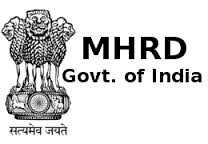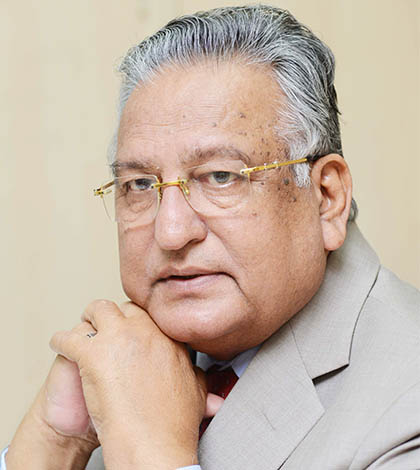 It is only through education that minorities can join the mainstream, believes Justice M S A Siddiqui, Chairman, National Commission for Minority Educational Institutions. In an interview to ENN, he says that the salvation of minority communities lies in acquiring strong knowledge economies powered by information technology, innovation and education
It is only through education that minorities can join the mainstream, believes Justice M S A Siddiqui, Chairman, National Commission for Minority Educational Institutions. In an interview to ENN, he says that the salvation of minority communities lies in acquiring strong knowledge economies powered by information technology, innovation and education
It has been a decade since the National Commission for National Minority Educational Institutions was established. Was the mandate of safeguarding the educational rights of the minorities a challenge? What are the achievements so far?
The National Commission for Minority Educational Institutions Act 2004 was established for safeguarding the educational rights of minorities enshrined in the Article 30 (1) of the Constitution. This Act has created a new dispensation for expeditious disposal of cases relating to grant of affiliation by the affiliating universities, grant of minority status, certificates to minority educational institutions, violations and deprivations of educational rights of minorities enshrined in Article 30 (1) of the Constitution. This Commission has been vested with judicial powers and the authority to adjudicate all matters enumerated under the Act without being bogged down by the technicalities of the code of civil procedure. This Commission has successfully achieved its objectives. We have issued approximately 10,000 minority status certificates to minority educational institutions. We have also made certain recommendations to the state governments concerned for safeguarding the educational rights of minorities guaranteed under the Constitution. Some of the state governments have assured us that orders passed by this Commission shall be implemented. This Commission has created a sense of confidence among the minorities about protection of their constitutional rights.
What are the benefits that an institution can avail after getting minority status under the NCMEI?
In a landmark judgment rendered by the Supreme Court in T M A Pai Foundation versus State of Karnataka, the Supreme Court has interpreted the expression ‘administer’. They have held that this expression, that they can also administer educational institutions of their choice, comprises the following rights:
the Right to Education Act does not ap- The first right is that a minority educational institute can constitute its own governing body or managing committee without any interference from the government. Secondly, a minority educational institution can raise a reasonable fee structure for its institution. The third right, which is a very important one, is that a minority educational institution can select and appoint teaching and non-teaching staff of its institution, subject to the condition that the qualification of eligibility therefore shall be prescribed by the government. That is the only area of interference and that too is in the interest of academic excellence, which is permissible according to the said judgment of the Supreme Court. The fourth is that they can admit 100 per cent students from their own community. But if the institution is receiving any financial aid from the state, then Article 29(2) obligates it to admit non-minority students also to a reasonable extent. The fifth right is that they can take disciplinary action against any member of their staff. So, these are the benefits which are guaranteed to a minority institution. In addition, the Supreme Court has recently held that the Right to Education Act does not apply to minority educational institutions governed under Article 30 (1) of the Constitution. A minority educational institution is also exempted from the policy of reservation in admission and employment. So, these are the benefits which a minority educational institution is entitled to, provided it has been declared so either by the legislature, the Parliament, the central or state govern- ments or by this Commission. Except them, there is no authority to declare a minority educational institution.
“This Commission has successfully achieved its objectives. We have issued approximately 10,000 minority status certificates to minority educational institutions”
So far as the state of UP is concerned, a division bench of the Allahabad High Court has held that the state government does not have the power to declare a minority institution as a minority educational institution because that jurisdiction rests with the Civil court. Now, this Commission is a quasi-judicial body and it enjoys all trappings of a court. Therefore, this Commission is competent to declare and determine the minority status of a minority institution. These benefits are available only if the institution has been declared as a minority educational institution. If a member of the minority community has established an institution, it cannot be presumed that it is a minority educational institution unless it has been declared so by the competent authority. Then what are the indicia of proof for getting a minority educational institution status? First is that it must be established by one of the members of the notified minority communities. Six communities have been notified as a minority community – Muslims, Christians, Sikhs, Zoroastrians, Buddhists and Jains. Now, these institutions are established either by a society or by a trust. The Supreme Court has held that the Memorandum of Association of the Society or the Deed of Trust must reflect that the beneficiaries of the institution are members of that community which has established it. If that does not reflect, then the institution will be treated as a secular institution and not a minority institution.
Which, according to you, are the current challenge areas that need immediate attention?
The current challenges are accessibility, quality and equality. The Muslim community, according to the Sachar Committee, is virtually scratching the bottom of the educational barrel of the country. So, they need special attention because they can join the mainstream only through education. I have been telling the minorities that our salvation lies in acquiring the strong knowledge economies powered by information technology, innovation and education. Now, due to financial crunch, the Muslim community has no access to higher education. The need of the hour is enhancement of quality in education. In some southern states, the Muslim community has established good institutions. But, in other parts of the country, their educational institutions are found lacking in quality. Minorities should have access to quality education and equal opportunities must be available to them to get the benefits of quality education.
As far as the Centre and state governments are concerned, they are actually trying to help the minorities in general, and Muslims in particular, to improve their quality of education. Recently, in the Presidential Address, you may have noted that the government wants to modernise Madrasa education. It should be taken to be as the government intends to introduce modern education in Madrasas because a Madrasa cannot be modernised. Only modern education like computers, mathematics and science labs can be introduced. Both the Centre and state governments are very positive in their approach in this regard.



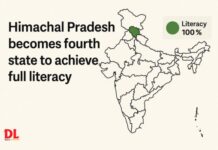
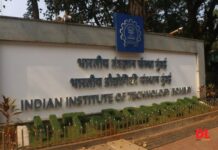

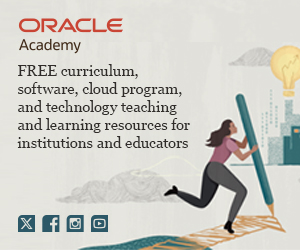

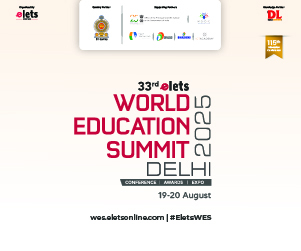



 Successive governments since Independence have vowed in the name of minority education and their educational institutions, but little meets the eye. K S Narayanan delves deeper into the ticklish issue
Successive governments since Independence have vowed in the name of minority education and their educational institutions, but little meets the eye. K S Narayanan delves deeper into the ticklish issue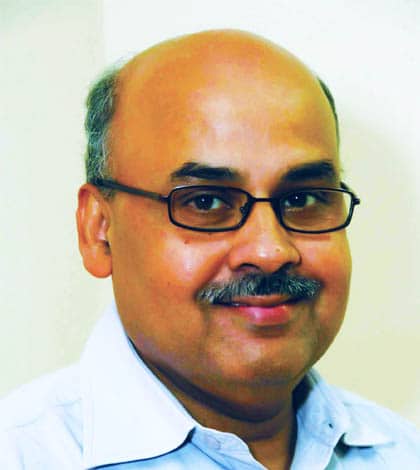
 The open school concept works on the principle of education anytime, anywhere and for anybody and is fast emerging as the alternative mechanism for developing a literate India, says Dr S S Jena, Chairman of the National Institute of Open Schooling in conversation with ENN
The open school concept works on the principle of education anytime, anywhere and for anybody and is fast emerging as the alternative mechanism for developing a literate India, says Dr S S Jena, Chairman of the National Institute of Open Schooling in conversation with ENN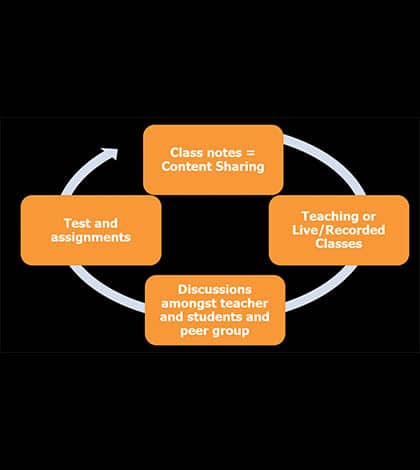

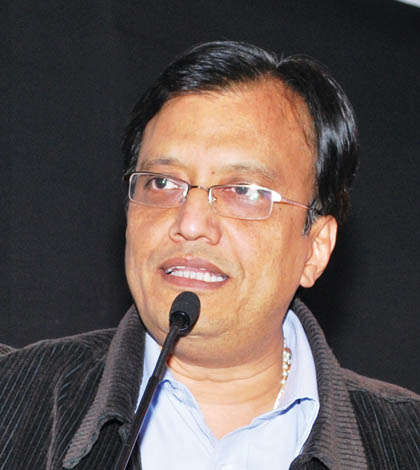
 A regulator needs to constantly evolve, says AICTE Chairman Dr S S Mantha. In an interview to K S Narayanan of Elets News Network, Dr Mantha asserts that the AICTE is here to stay – to protect vulnerable people from being exploited and to facilitate those doing good work
A regulator needs to constantly evolve, says AICTE Chairman Dr S S Mantha. In an interview to K S Narayanan of Elets News Network, Dr Mantha asserts that the AICTE is here to stay – to protect vulnerable people from being exploited and to facilitate those doing good work
 ICT interventions are
ICT interventions are 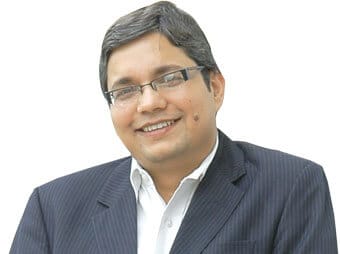
 Despite a decade of high economic growth, India tops the list of countries in the United Nation’s Millennium Development Report with the largest share of global extreme poor. No doubt, this calls for an intense fight against poverty, infant and maternal deaths and the open defecation practice. Equally distressing is another recent report by the UN that puts India at the 135th rank in the Human Development Index, much below the top 100 performers. These issues have always haunted us since the Independence, thanks to numerous wrong decisions taken by the policy makers.
Despite a decade of high economic growth, India tops the list of countries in the United Nation’s Millennium Development Report with the largest share of global extreme poor. No doubt, this calls for an intense fight against poverty, infant and maternal deaths and the open defecation practice. Equally distressing is another recent report by the UN that puts India at the 135th rank in the Human Development Index, much below the top 100 performers. These issues have always haunted us since the Independence, thanks to numerous wrong decisions taken by the policy makers.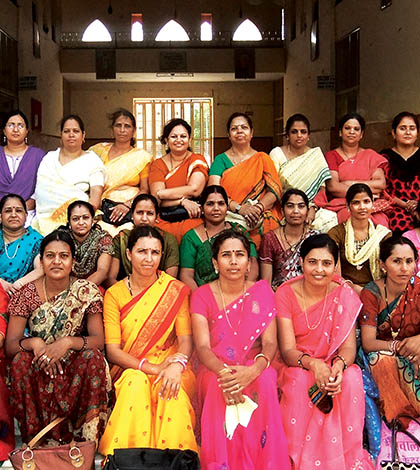
 From a long period of immense struggle to being on the forefront of challenging educational and social backwardness in the Marwar region of Rajasthan, the story of the Marwar Muslim Educational & Welfare Society is one of perseverance and inspiration
From a long period of immense struggle to being on the forefront of challenging educational and social backwardness in the Marwar region of Rajasthan, the story of the Marwar Muslim Educational & Welfare Society is one of perseverance and inspiration

